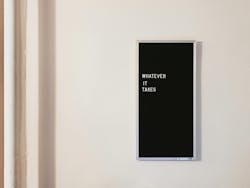Tackling the 'Everywhere Problem' of Housing Affordability
Auburn University’s Rural Studio started the 20K initiative 13 years ago to design a high-quality home for local, underserved rural communities. Today, its expanding its efforts to combat the affordability crisis holistically.
Rusty Smith, associate director of Rural Studio, explains that since its inception in 2005, the program has realized that housing affordability concerns "are not brick and mortar problems.” To form its new multi-pronged solution, the 20K Initiative continues, but now with new partners, including government-backed mortgage lender Fannie Mae, and is in talks with Habitat for Humanity, the Department of Energy, the USDA, and more to widen its housing assistance offerings, Fast Company reports.
Architecture students continue to work on perfecting a design for the house that has the highest possible performance–using materials ultra-efficiently, for example, and making the house stronger than the building code requires–at the lowest possible cost. But that cost will almost certainly exceed $20,000; the first house allotted for $12,000 for materials and $8,000 for construction, but the original materials used would now cost more than $25,000 and continue to rise because of economic factors. “As a point of reference, with a single tweet [from President Trump] about trade wars, the average cost of the material of the house in the United States went up six percent,” says Smith.
